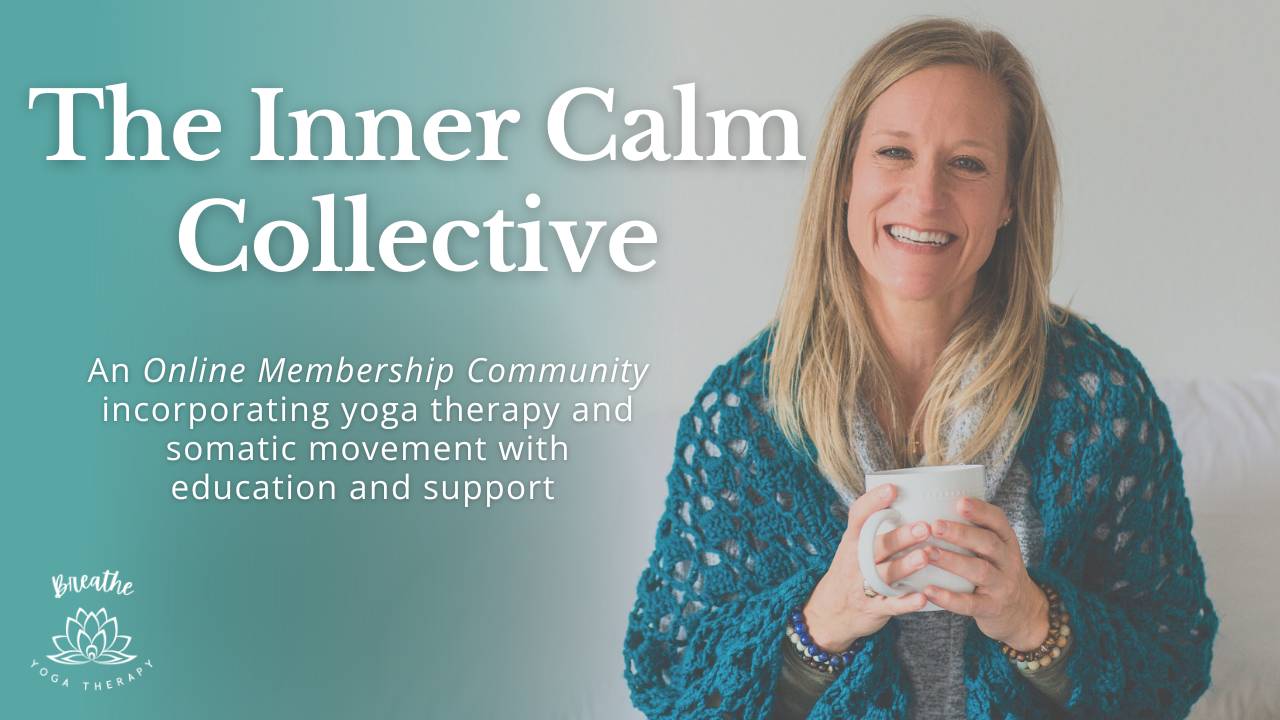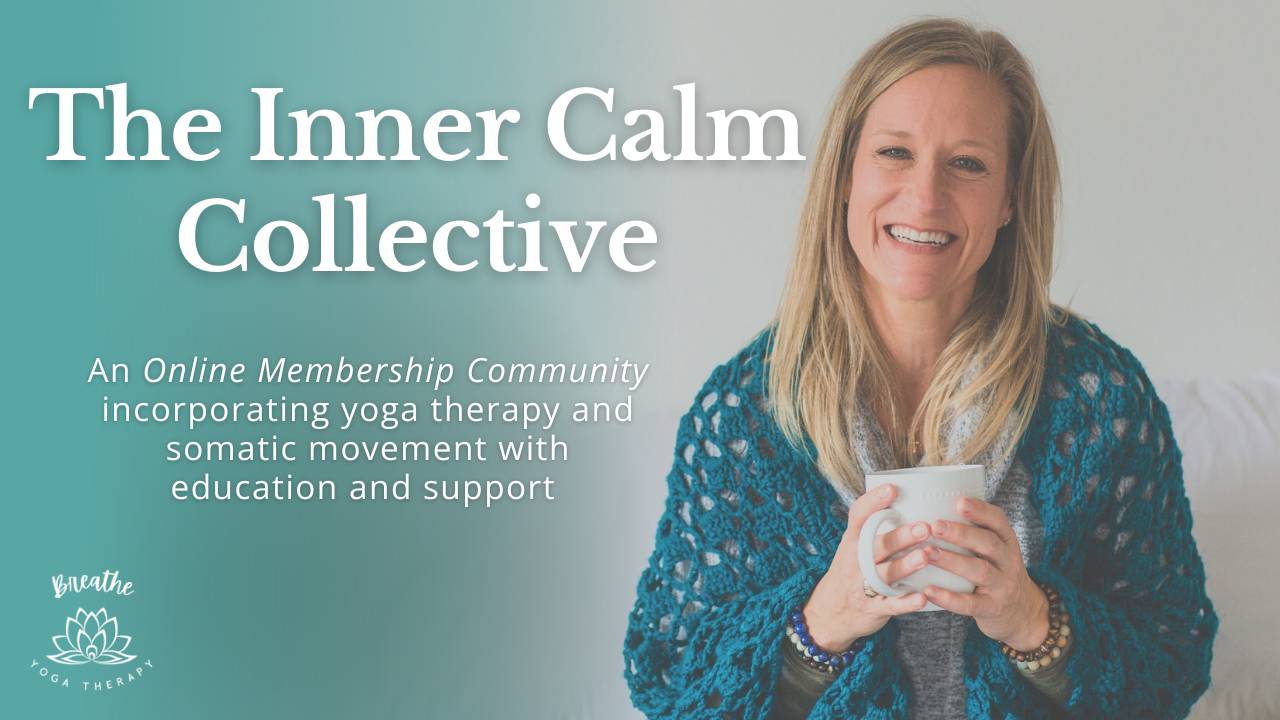The Rest Is Still Unwritten

Our lives are a rich tapestry of stories, a continuous narrative through which we process and make sense of the world. These stories shape not only how we see ourselves but also how we interpret the people and events around us. They act as the lens through which we navigate our experiences, forming the foundation of our identity and relationships. Sometimes, we step into the role of the brave hero, rising to meet life’s challenges with courage and determination. Other times, we may feel like the downtrodden underdog, struggling against insurmountable odds. And at times, we even cast ourselves—or others—as the villain of the story, assigning blame or shame where it feels most justified in the moment.
The role we play in each chapter of our lives is influenced by how we choose to perceive ourselves in any given situation. Perception is key; it’s the frame within which the story unfolds. Yet, so often, the stories we tell about ourselves are unkind, harsh, and filled with self-doubt. We paint ourselves in a negative light, focusing on our perceived failures or flaws. Similarly, when we encounter conflict, we are quick to assign the role of the villain to others, convincing ourselves they are the source of our pain or obstacles.
This tendency is not accidental. It’s deeply ingrained in our human nature to focus on potential threats. Our brains are hardwired to seek out danger, a survival mechanism developed over millennia to protect us from harm. This "reptilian" part of the brain, responsible for our fight-or-flight responses, functions with a singular goal: survival. It scans the environment constantly, searching for potential threats, real or imagined, and often finds them lurking in every corner of our lives.
While this mechanism once protected us from predators and physical dangers, in the modern world, it can become a source of unnecessary stress and conflict. The perceived dangers of today are less often physical and more frequently emotional or psychological: a harsh word from a loved one, a critical glance from a stranger, or the fear of failure in our personal or professional lives. These perceived threats trigger the same survival responses as a physical danger, leaving us reactive, defensive, and often stuck in negative cycles.
Yet, as humans, we are not limited to this primitive survival system. We possess advanced, mammalian brains that give us the capacity for emotions, complex thoughts, and reasoning. This unique ability allows us to pause and assess our perceptions. Is the danger we perceive real, or is it imagined? Are we responding to the present moment, or are we reacting to an old story we’ve carried with us, perhaps for years? By engaging this higher level of reasoning, we can choose to respond rather than react, aligning our actions with a more accurate and constructive reality.
But how do we discern truth from perception? How can we know what is real and what is simply a projection of our fears? The truth is, absolute certainty is elusive. What feels entirely true to one person may seem completely false to another. This disparity lies at the heart of countless conflicts, misunderstandings, and disagreements throughout history. Yet, within this uncertainty lies an incredible freedom: the freedom to choose. We have the power to choose the thoughts we hold, the beliefs we embrace, and the stories we tell ourselves. These choices directly shape our feelings, our actions, and ultimately, the results we experience in life.
If we have this power, why not use it to craft a story that uplifts and empowers us? Why not create a narrative that fuels our courage, inspires us to live out our purpose, and helps us see the beauty and potential in ourselves and others? Imagine the possibilities if, instead of looking for villains, we chose to see the best in others, even in those who challenge us. What if we replaced judgment with compassion, understanding that their behaviors often stem from their own fearful stories, rather than being a deliberate attack on us?
For example, think about a difficult person you’ve encountered recently. What if their unpleasant behavior wasn’t about you at all, but a reflection of their inner struggles? What if their actions were driven by fear, pain, or a story their mind is telling them—stories they might not even be aware of? When we shift our perspective in this way, we open the door to empathy and connection. We begin to see others as fellow travelers on a shared journey, each navigating their own set of challenges and fears.
Our stories, beliefs, and narratives are not fixed truths. They are interpretations, shaped by our past experiences, cultural influences, and personal biases. The beauty of this realization is that it means we are not powerless. At any moment, we can pick up the pen and rewrite these stories. We can challenge the limiting beliefs that hold us back and replace them with empowering truths that propel us forward. We can decide who we want to become and take deliberate steps to align our actions with that vision.
This process of rewriting our stories is not always easy, but it is profoundly transformative. It requires courage to question long-held beliefs and a willingness to step into the unknown. Yet, the rewards are immense. When we take ownership of our narratives, we unlock our potential to live authentically and with purpose. We create space for growth, healing, and the meaningful work we are meant to do in the world.
Helping my clients challenge limiting beliefs and replace them with empowering truths is at the heart of my work. Together, we explore the stories they’ve been carrying—stories about who they are, what they’re capable of, and how the world works. We identify the narratives that no longer serve them and replace them with ones that align with their values, strengths, and aspirations. This process is not about denying reality but about reframing it in a way that empowers them to move forward with clarity and confidence.
If you’d like support in rewriting your story, I’d love to connect with you. Whether you’re navigating a challenging chapter or simply seeking to live more fully and intentionally, know that change is possible. You have the power to create a new narrative—one that reflects your resilience, purpose, and potential.
Even in moments of struggle, remember this: you are never truly alone. My hope is that by sharing my experiences and resources, you feel supported and encouraged to navigate life’s challenges with grace. Together, we can create a new story—one filled with purpose, resilience, and hope. Every chapter, no matter how difficult, holds the possibility for growth and transformation. And every ending is simply the beginning of a new story waiting to be written.

Join Our Free Online Community!
You don’t have to do this alone. Inner Calm Collective is our online membership community where you’ll get expert tips, tools, and insights on healing anxiety, trauma, and building nervous system resilience.
Get the support and guidance you need to ease stress, calm your nervous system, and feel more at home in your body—every single day. Join now and start feeling the difference today!



